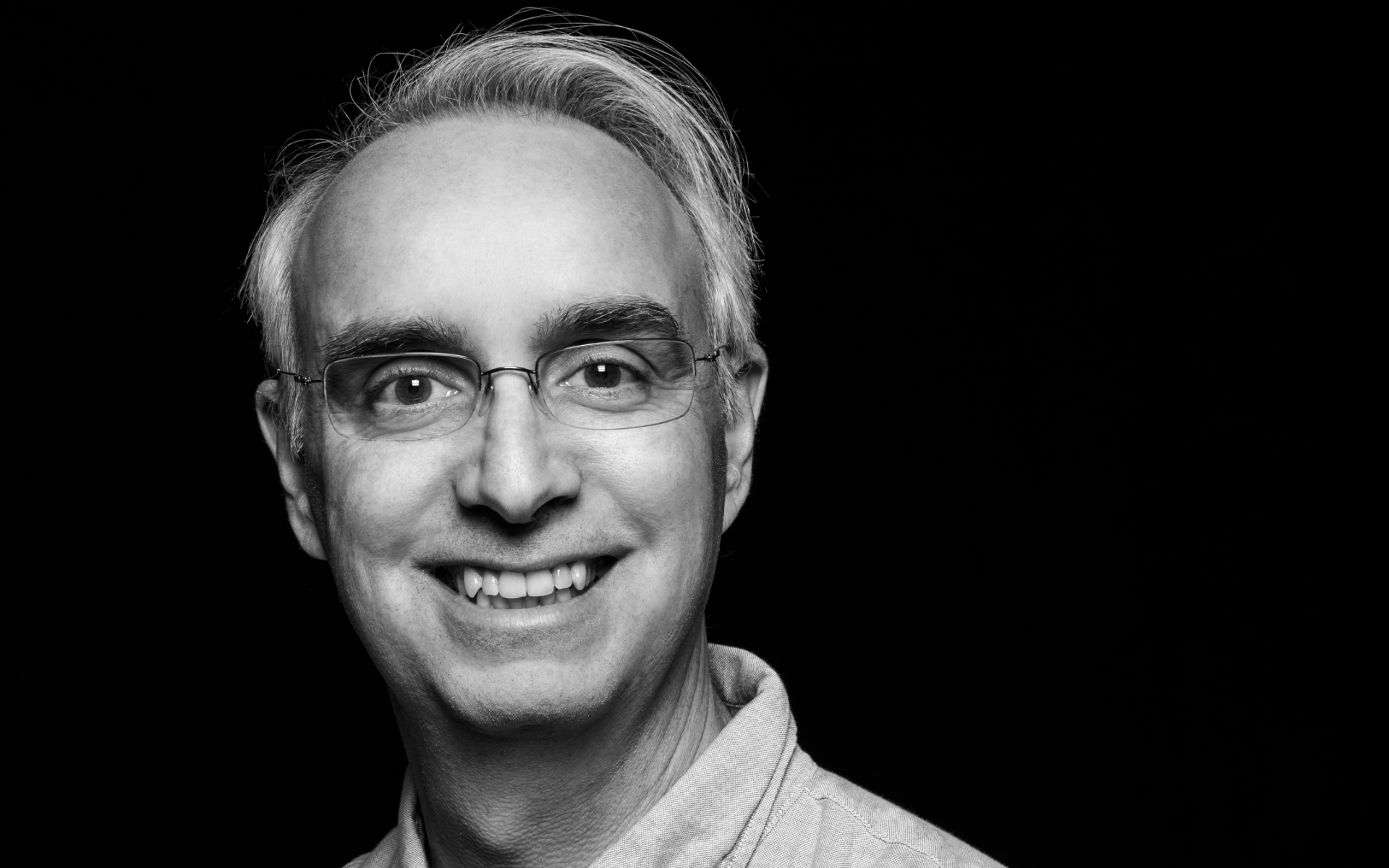Although the pandemic resulted in significant consequences for the activities of our investigators, this past year was paradoxically marked by a scientific effervescence observed around the world, and felt right through IRIC’s walls.
For the Institute, the start of the pandemic coincided with the arrival of two new Principal Investigators into our ranks: David Knapp and Geneviève Deblois. Their hiring was part of a recruitment campaign carried out by IRIC for the purpose of enriching the complementary expertise of our research teams. The work carried out by David Knapp is aimed at shedding light on the molecular landscape that defines dysregulated cell identity in the progression of cancer. The research led by Geneviève Deblois is intended to increase understanding of the development of drug resistance in cancers. These two scientists are also interested in the mechanisms of breast cancer. I consider it an honor to have them with us.
Despite the roadblocks imposed by COVID-19, IRIC’s scientists authored over one hundred articles, which is a source of great pride for us, as it shows that our investigators were able to continue their work to acquire new knowledge and accelerate the discovery of new cancer therapies.
Thanks to their versatility and their ability to reinvent themselves, our teams were also up to the task and enthusiastically showed that they could work together and contribute to the advancement of knowledge with respect to COVID-19.
As a result, the laboratories headed by Michael Tyers and by Anne Marinier worked on a project aimed at accelerating the discovery of antiviral drugs to fight COVID-19 and bringing together expertise in genomics, artificial intelligence and medicinal chemistry to identify new inhibitors of the SARS-CoV-2 virus at the source of the pandemic.
The laboratory headed by François Major, supported by IVADO, put its bioinformatics expertise to good use by working on developing a molecular modeling protocol in order to produce RNA structural virus data. The goal was to use that data to identify drugs already on the market that could prevent the replication of the virus responsible for COVID-19.
Members of the next generation of investigators, including Tariq Daouda and Maude Lagacé, transposed their knowledge to go from the conceptualization of a cancer vaccine to the creation of a COVID-19 vaccine. With a team notably made up of former IRIC students, the project used an algorithm to predict which parts of the virus will be exposed at the surface of the infected cells and thus generate a list of potential targets to exploit in the creation of a vaccine.
Finally, the teams headed by Michel Bouvier and by Madeleine Héroux, of the Drug Discovery Unit, in collaboration with Emmanuelle Brochiero, an investigator at the CHUM, started up a project aimed at developing a therapy inhibiting the entry of a virus while at the same time decreasing its harmful effects on respiratory function.
I am, without question, in admiration of the work accomplished by IRIC’s research teams over the past year, particularly under the circumstances that we all know about. In closing, I would like to take this opportunity to reiterate how important it is for our decision-makers to recognize and adequately fund the research carried out in our laboratories. Some people have correctly pointed out that science was the big winner of this pandemic. Let’s not forget that without the very hard work of investigators from here and from elsewhere, it would not be possible to provide real solutions to our society’s ills.


